Spinal Cord
The spinal cord is a long, thin, tubular bundle of nervous tissue and support cells that extends from the base of the brain to the lower back. It serves as the main pathway for transmitting information between the brain and the rest of the body. The spinal cord is protected by the vertebrae, which are the bones that make up the spine.
Anatomy of the Spinal Cord
The spinal cord is divided into different segments, each of which is associated with a specific region of the body. There are 31 segments in total: 8 cervical (C1-C8), 12 thoracic (T1-T12), 5 lumbar (L1-L5), 5 sacral (S1-S5), and 1 coccygeal (Co). The spinal cord is also surrounded by three layers of protective tissue called meninges: the dura mater, arachnoid mater, and pia mater.
Function of the Spinal Cord
The spinal cord plays a crucial role in the transmission of sensory information from the body to the brain, and in the transmission of motor commands from the brain to the body. It also serves as a reflex center, allowing for rapid, involuntary responses to certain stimuli without the need for input from the brain.
Study Guide
.◂Science Worksheets and Study Guides Seventh Grade. Bacteria and Viruses
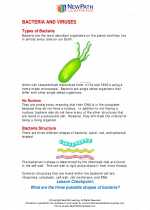
 Activity Lesson
Activity Lesson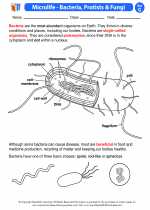
 Worksheet/Answer key
Worksheet/Answer key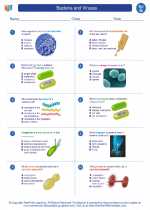
 Worksheet/Answer key
Worksheet/Answer key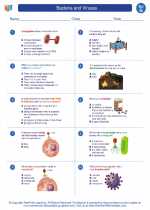
 Worksheet/Answer key
Worksheet/Answer key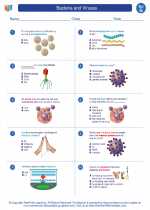
 Worksheet/Answer key
Worksheet/Answer key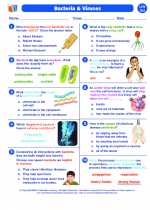
 Vocabulary/Answer key
Vocabulary/Answer key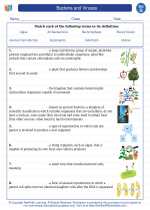
 Vocabulary/Answer key
Vocabulary/Answer key
 Vocabulary/Answer key
Vocabulary/Answer key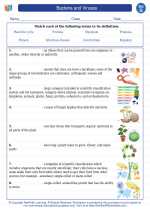
 Vocabulary/Answer key
Vocabulary/Answer key
